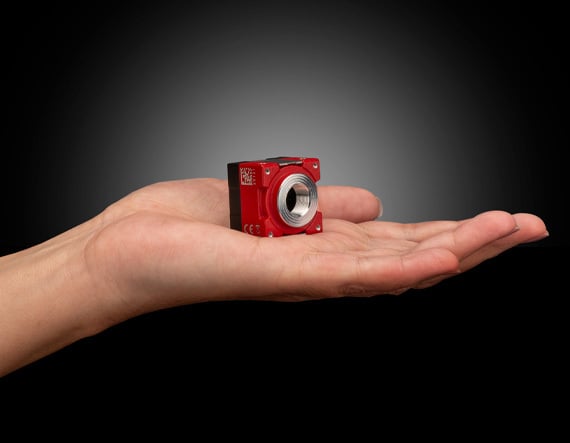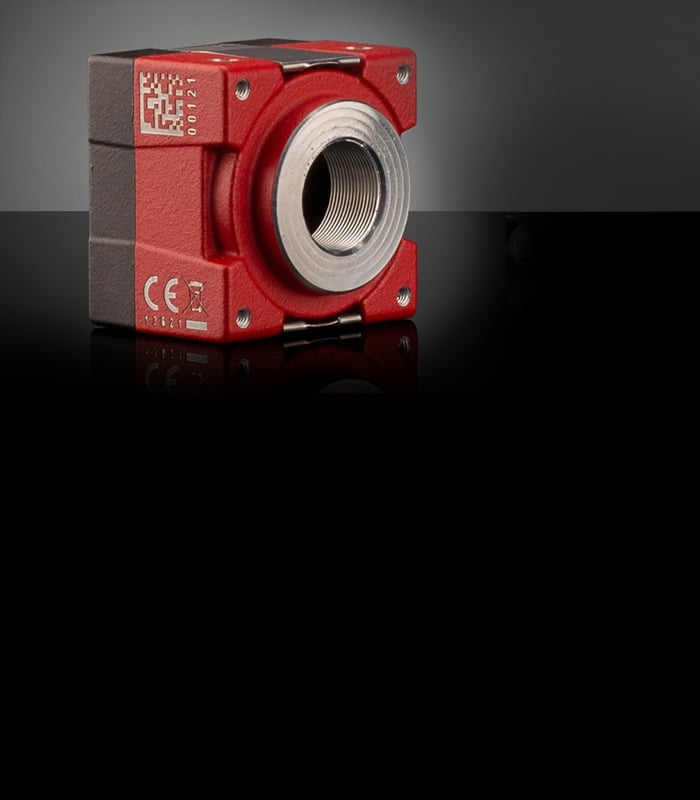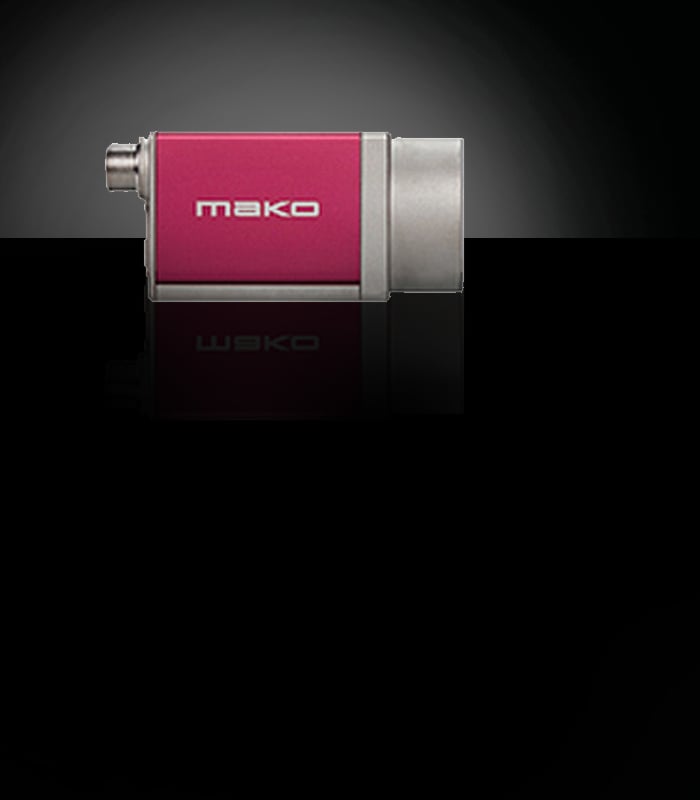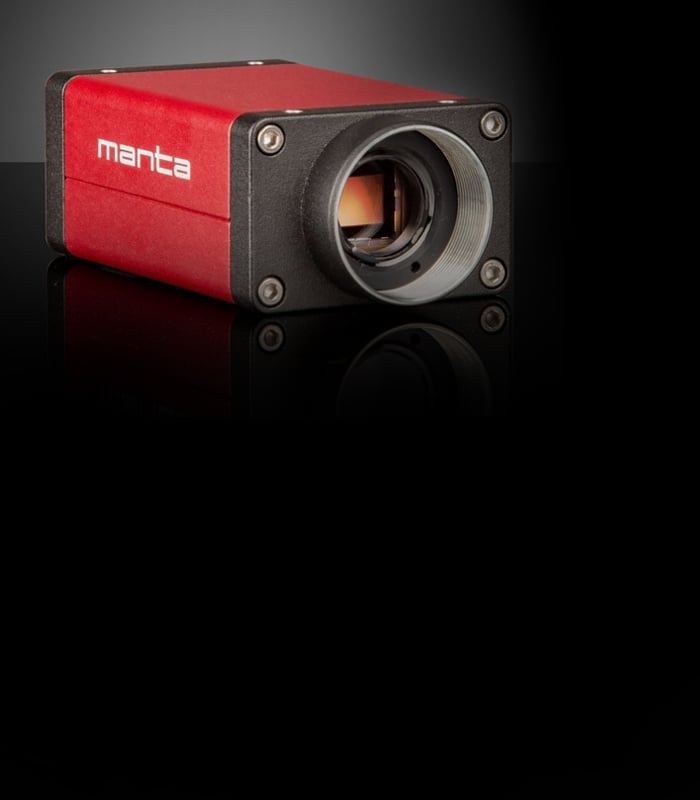
Created in partnership with Allied Vision.
The future depends on vision-guided technology that can safely sanitize hospitals, warehouses, and other locations to prevent the spread of contagious diseases, like COVID-19, which is caused by the novel coronavirus.
UV-C radiation, which covers wavelengths from 100-280nm, has been utilized to disinfect surfaces, air, and water for decades. Research published through the American Chemical Society found that 99.9% of aerosolized coronaviruses similar to COVID-19 were killed when directly exposed to a UV-C lamp.3 The outer proteins of the virus are damaged by these lamps, rendering the virus inactive.
Vision-guided cleaning robots sanitize rooms without the need for any human operators. This is important because UV-C radiation can damage the skin and eyes of those exposed to it. Motion sensors can ensure that the UV sources are turned off if a person comes too close to the robot.
Cleaning robots typically navigate through their environment using either Lidar or 3D machine vision. Incorporating multiple lenses and cameras allows robots to generate 3D images of their environment and accurately gauge distances (Figure 1). The location, optical specifications, and recorded images of each imaging assembly are used to determine depth through triangulation algorithms.

Using multiple lenses and cameras can quickly make a system very large and heavy, so compact solutions are critical for practical robots. Small M12 imaging lenses and compact cameras are ideal for reducing bulk while maintaining performance. Ruggedization to protect lenses from shocks, vibrations, or humidity can also be beneficial for long-term performance sustainability.

In addition to cleaning, vision-guided robotics are improving safety in other areas including the restaurant industry, which has suffered significantly during the COVID-19 outbreak and resulting shutdowns. Robots can minimize human-to-human interaction in restaurant settings, particularly fast food, where they can perform repetitive tasks such as food preparation and serving. However, robots offer far fewer potential benefits for fine dining, as the subtle details, critical for each dish and connecting with customers, often require a human touch.4
The vision-guided cleaning robots deployed to combat COVID-19 likely will not disappear once this crisis has ended. The added safety and efficiency they offer will continue to be beneficial to hospitals and other high-traffic spaces, so do not be surprised if you spot more robotic coworkers in the future.









or view regional numbers
QUOTE TOOL
enter stock numbers to begin
Copyright 2023, Edmund Optics India Private Limited, #267, Greystone Building, Second Floor, 6th Cross Rd, Binnamangala, Stage 1, Indiranagar, Bengaluru, Karnataka, India 560038
California Consumer Privacy Act (CCPA): Do Not Sell or Share My Personal Information
California Transparency in Supply Chains Act